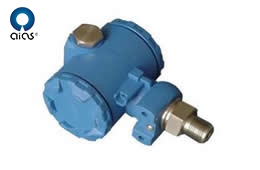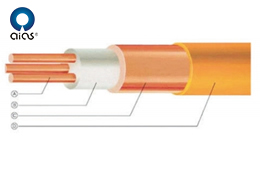When the power cable passes a certain load current, it will definitely heat up. As the load current increases, the surface temperature of the cable will be higher. If it is not handled in time, the consequences can be imagined. Such as: PVC cable, considering the core temperature of 70 degrees as the upper limit, the surface temperature will be 5-10 degrees lower. Therefore, it is basically safe for the cable surface temperature to be below 60 degrees. From the perspective of power supply maintenance, of course, the lower the temperature, the better.
The reasons for the cable heating during operation are as follows:
1. The cable conductor resistance does not meet the requirements, causing the cable to generate heat during operation.
2. Improper selection of the cable type causes the conductor cross section of the cable used to be too small, and overload occurs during operation. After a long time of use, the heating and heat dissipation of the cable will be unbalanced and cause heating.
3. When the cables are installed too densely, the ventilation and heat dissipation effect is not good, or the cables are too close to other heat sources, which affects the normal heat dissipation of the cables, and may also cause the cables to generate heat during operation.
4. The joint manufacturing technology is not good, and the crimping is not tight, resulting in excessive contact resistance at the joint, and heating of the cable.
5. The insulation performance between phases of the cable is not good, resulting in low insulation resistance and heating during operation.
6. The partial sheath of the armored cable is damaged, which will cause slow damage to the insulation performance after water enters, resulting in a gradual decrease in insulation resistance, and heating during cable operation.
After the cable generates heat, if the cause is not found and the fault is eliminated in time, the insulation thermal breakdown will occur after the cable continues to be energized. It may cause a phase-to-phase short circuit trip of the cable, which may cause a serious fire.




